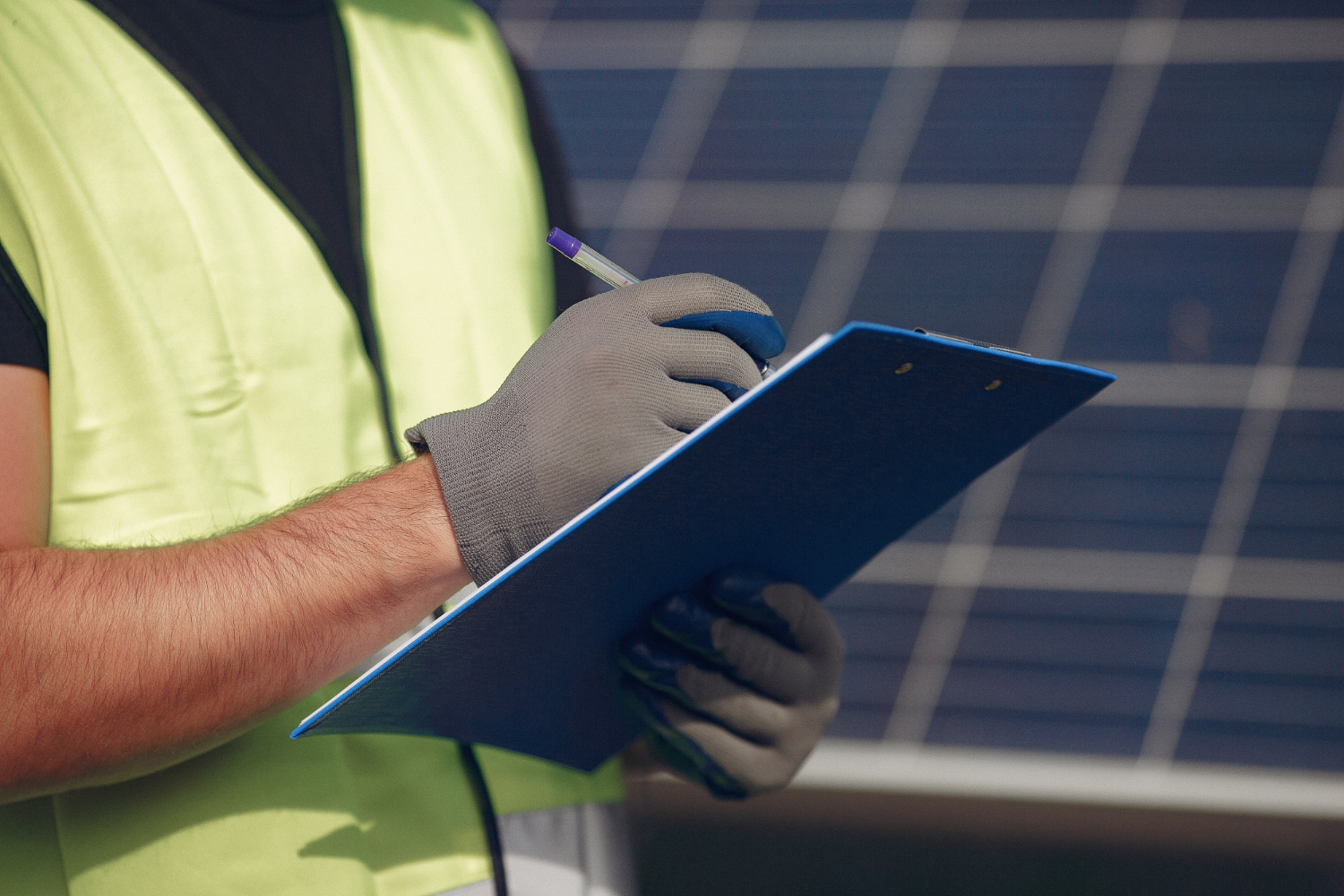
Energy storage can help the electric power grid operate more efficiently. It can reduce blackouts during peak demand, increase the integration of renewables, and decrease greenhouse gas emissions. Energy storage systems can help businesses save on electricity costs by avoiding demand charges and providing critical backup power. They can also help reduce power outages and improve business productivity.
Table of Contents
Cost
Energy storage systems can deliver various benefits for power consumers, including reduced demand charges and system uptime. They can support renewable integration and help the grid achieve more dynamic electricity markets. However, the kind and size of battery used can significantly impact the cost of these systems. Battery storage technology is advancing rapidly, driven by declining costs and performance improvements. This trend is particularly apparent with lithium-ion batteries, which benefit from the rapidly expanding electric vehicle market and related manufacturing economies of scale. It has led to a proliferation of behind-the-meter (behind-the-grid) solutions for commercial and industrial facilities. Many of these systems are paired with solar PV or wind turbines, allowing them to provide peak power demand reduction, grid frequency regulation, and ancillary services. These facilities can earn revenue by selling these services in the wholesale market.
Large-scale energy storage can be essential to smarter grids and energy self-sufficiency. However, it requires a careful integration of power infrastructure and new technology. It can be challenging for project developers because it may require changes to existing codes and standards. For example, batteries must perform safely at high temperatures and in the presence of flammable materials.
Integration
How do energy storage systems work? Energy storage systems can improve grid reliability by reducing energy costs, increasing renewables integration, and mitigating power quality issues. These systems can also help reduce reliance on non-renewable energy sources and contribute to carbon reduction goals. Energy storage technologies include lithium-ion batteries, sodium-sulfur battery technology, and super-capacitors. These systems are currently utilized in several applications, including ancillary services, grid integration, microgrid, and transmission and distribution. Many facilities’ most significant electricity expenses are incurred during peak usage periods when demand charges are applied. Strategic energy storage can help businesses reduce these costs by shifting consumption to off-peak hours. It is accomplished using energy storage systems that analyze usage patterns and storage efficiency to determine the most effective method for cost savings.
By storing and then releasing power generated during periods of sunshine or wind, energy storage systems can also help mitigate the intermittent nature of renewable energy sources. It makes clean energy available consistently, even during high electricity demand. Furthermore, these systems can help defer costly transmission and distribution system upgrades. Ultimately, energy storage can be one of the critical technologies in the transition to a more sustainable economy.
Regulation
With lithium-ion battery costs declining and performance improving, energy storage systems are growing in popularity worldwide. This trend goes hand-in-hand with the global movement toward renewables and the shift to smart grid technologies. However, several barriers to energy storage deployment remain, including a lack of planning, inadequate project financing, and uncertainty over regulatory policies. Federal and state policymakers address these barriers through procurement targets, regulatory adaptation, demonstration programs, and financial incentives. In addition, they should establish (or modify existing) renewable energy mandates, goals, and tax rebates to explicitly include energy storage. These policy changes could accelerate the adoption of energy storage by increasing utility awareness and experience with this new technology.
Another barrier to energy storage is the lengthy permitting process for pumped-storage projects. This delay challenges state and national promises to add more renewables to the power grid. A quick approval process would help reduce the overall cost of energy storage integration. Energy storage could also provide frequency regulation and primary control reserve services. However, ISOs are uncomfortable with storage competing to provide these fixed services. They may also be unwilling to pay storage for these services. As a result, storage development and deployment may be constrained by current transmission access charges and market structures.
Technology
Energy storage technologies are becoming increasingly viable for industrial applications. For example, they can help reduce demand charges and provide backup power during grid outages. Moreover, they can also provide valuable services such as frequency regulation and voltage control. However, their cost can be high. They are complex and require specialized engineering skills. Hence, many companies need help to implement them in their plants. Governments can promote and fund research and development projects to lower energy storage costs. They can also develop codes and standards to ensure the systems operate safely. They can also encourage stakeholders to recycle and reuse materials. These strategies can lower the overall cost of implementation and make it easier to integrate new technology into existing infrastructure.
Another approach is encouraging utilities to include storage in their integrated resource plans. By avoiding the need for costly upgrades to transmission and distribution lines, it can assist in lowering their expenses. It can also relieve congestion and improve grid stability. Several types of storage are available, including lithium-ion batteries and pumped hydropower. Pumped hydropower is particularly useful as a speaker because it can respond in milliseconds. Lithium-ion batteries can also be used in long-duration applications. These technologies can replace gas peakers and are a valuable complement to renewables.

